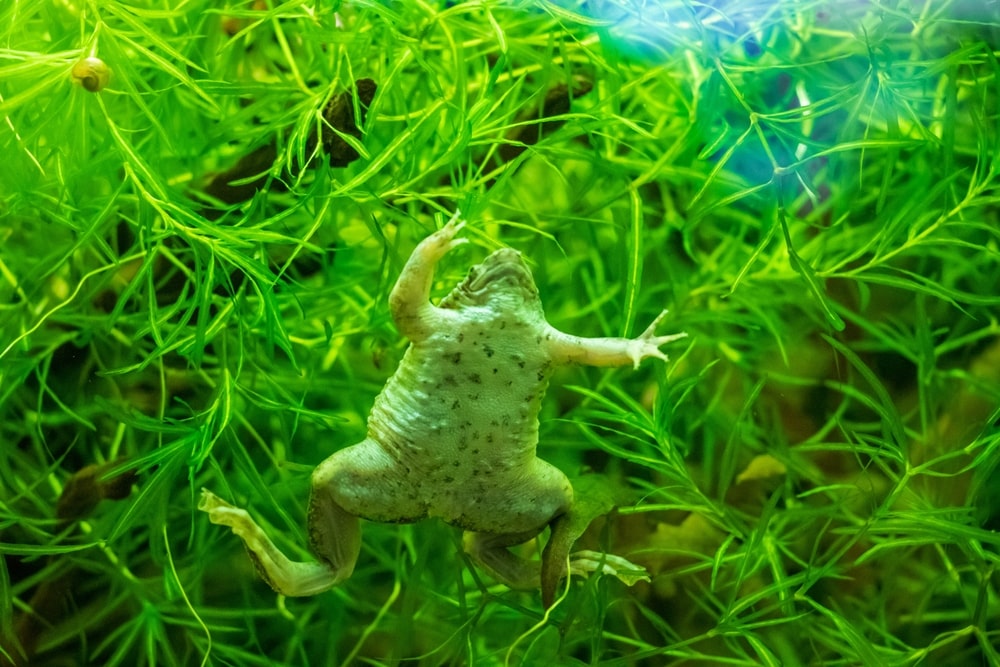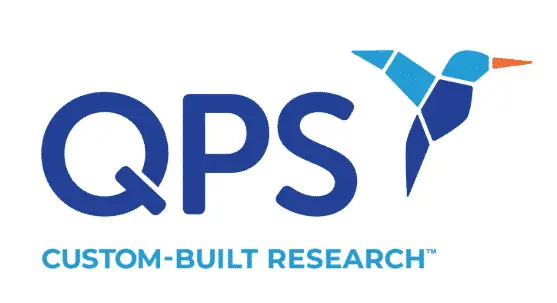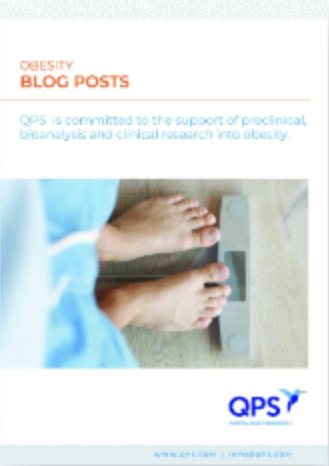“Life finds a way.” Those were the prophetic words of Dr. Ian Malcolm in Steven Spielberg’s blockbuster Jurassic Park. Now, as researchers discover that reconfigurable organisms, or xenobots as some like to call them, can now reproduce, those words are ringing true.
Scientists first reported in 2020 how they created the reconfigurable organisms from skin stem cells taken from the African clawed frog (Xenopus laevis), which provided the inspiration for the xenobot name. Stem cells are unspecialized cells that can develop into many different cell types. The process of creating the xenobots started with frog embryos. Living cells were scraped from the embryos and left to grow in a saline solution. After about three days, the cells had clumped into balls and begun to swim, aided by a layer of cilia.
The sphere-shaped xenobots can survive for about 10 days without food and will live longer when fed sugar. When a xenobot is cut it automatically repairs itself. They are less than a millimeter wide, small enough to travel inside the human body.
The scientists who created the tiny blob-shaped, self-healing organisms report that the way they replicate is unique and unknown to exist in any animal or plant. The fact that they are autonomous gives them robot credentials (hence the xenobot moniker, which means “living robot”), but they are also functioning organisms, generated from frog stem cells.

AI-Assisted Replication
The researchers observed that the xenobots could replicate, but only rarely and in specific situations. When parent xenobots were added to a petri dish of dissociated stem cells, they would sweep up the loose cells as they motored around. The collected cells would clump together into new xenobots. This “kinetic replication” occurs at the molecular level but has never been seen before at the scale of whole cells or organisms.
Turning to artificial intelligence (AI), the researchers were able to increase the xenobots’ replication success rate by modifying their body shape. They used the technology to test billions of body shapes to find the best model for effective replication beyond one generation. The shape that won out resembles the letter C or a circle with a gap, like an open-mouthed Pac-Man. In the lab, they modified the spherical body shape by hand, using tiny microsurgical tools. With the modified bodies, the xenobots were able to find the loose stem cells as they swam around, gather them in the gap-shaped “mouth,” and a few days later, the bundled cells became new xenobots. One C-shaped parent bot can lead to at least five generations of spherical bots.
“Some people have said in the past that xenobots are not organisms because they don’t replicate. Well, now they replicate,” said Michael Levin, a professor of biology and director of the Allen Discovery Center at Tufts University, a co-lead author of the new research.
Potential Deployments
No practical applications yet exist for the xenobots. Potentially, this molecular biology-AI mash-up could be used for tasks like collecting microplastics in the oceans or cleaning up radioactive waste. They could even be used to carry medicine in the human body.
“Going beyond the frog is certainly a goal,” said Douglas Blackiston, a senior scientist at Tufts. “We are looking into creating bots from mammalian cell types. The latter would be important to be compatible for potential medical applications.”
Those potential applications could extend to bots made to produce insulin that would be regulated by built-in sensors for glucose levels. “We could also put bots into a patient to home in on areas of tissue damage, such as spinal cord injury, and release regenerative compounds to help with the repair process,” said Blackiston. “These bots would decompose and be cleared by the immune system, or meld into the area to become part of the scaffold healing the injury.”
As researchers build on the “living robot” model that they’ve established and apply tools like AI to do so, they predict that future technologies may, with little outside guidance, become more useful as they spread. It’s another example of how life harbors surprising behaviors just below the surface, waiting to be uncovered.
Did you enjoy this blog post? Check out our other blog posts as well as related topics on our Webinar page.
QPS is a GLP/GCP-compliant CRO delivering the highest grade of discovery, preclinical, and clinical drug development services. Since 1995, it has rapidly expanded from a bioanalysis shop to a full-service CRO with 1,100+ employees in the US, Europe, India, and Asia. Today, QPS offers expanded pharmaceutical contract R&D services with special expertise in neuropharmacology, DMPK, toxicology, bioanalysis, translational medicine, and all phases of clinical development. QPS has CLIA-certified and GLP-compliant laboratories ready to fast-track gene therapy, RT-qPCR/QPCR, serological assays, and vaccine development programs. An award-winning leader focused on bioanalysis and clinical trials, QPS is known for proven quality standards, technical expertise, a flexible approach to research, client satisfaction, and turnkey laboratories and facilities. QPS stands tall in its commitment to deliver superior quality, skilled performance, and trusted service to its valued customers. For more information, visit www.qps.com or email info@qps.com.







